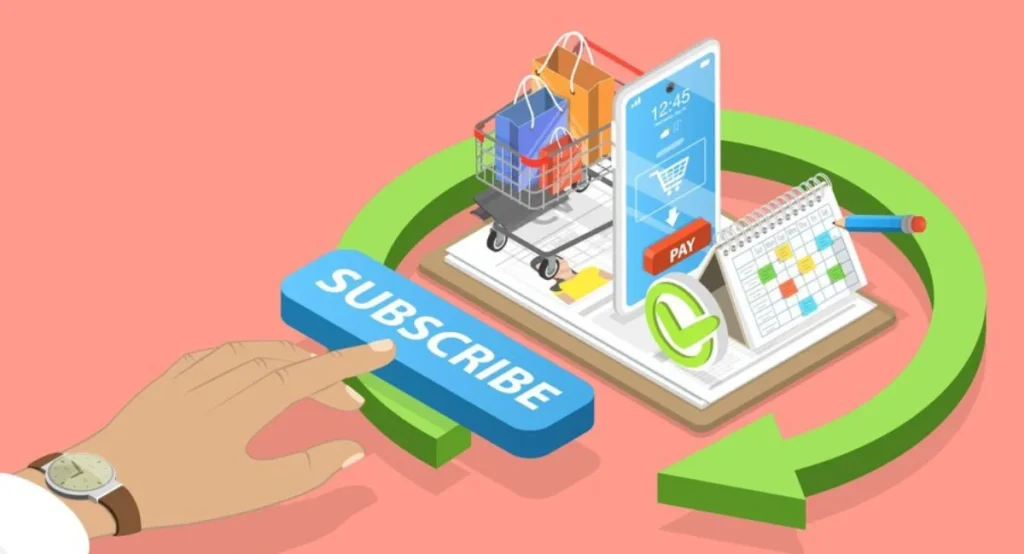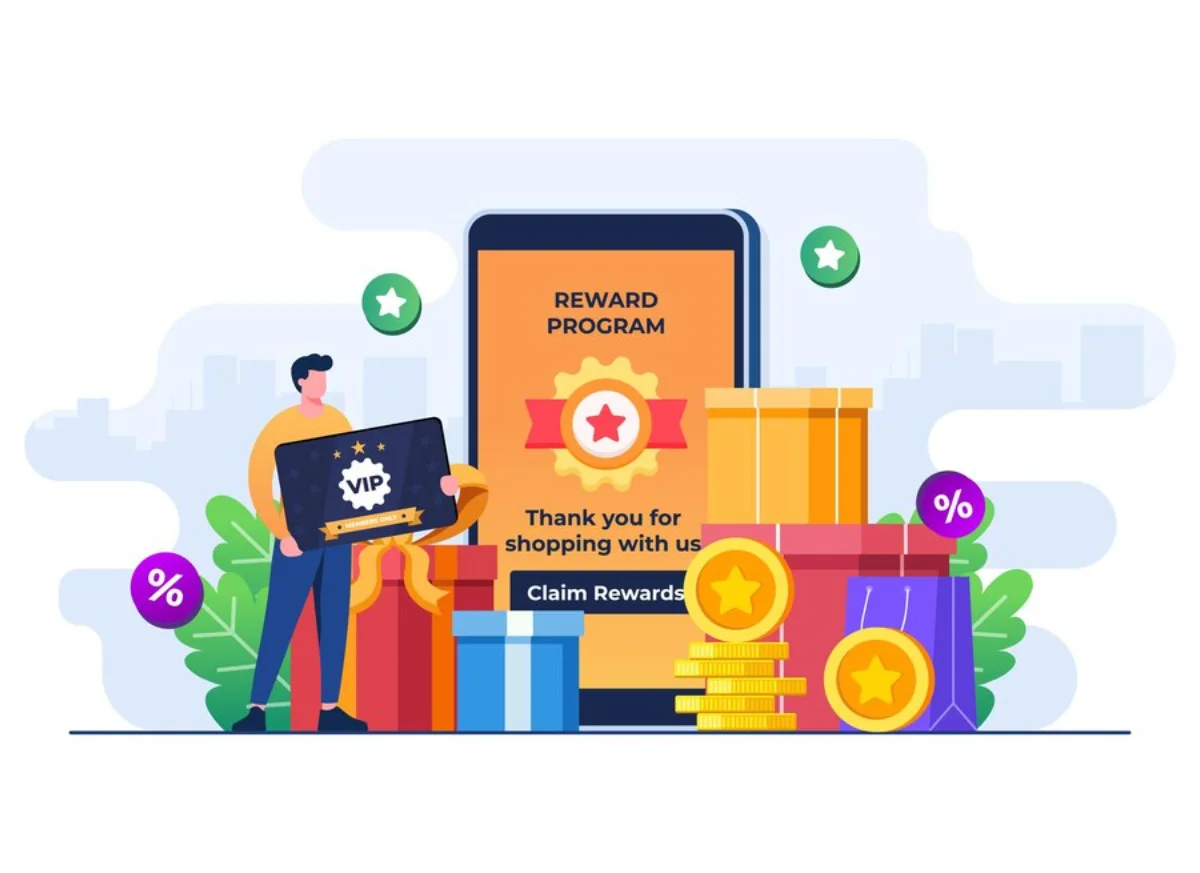The E-commerce Blog

The Psychology Behind Successful Subscription Models
Introduction: The Power of Subscriptions in E-Commerce
Subscription models have changed how businesses connect with customers. They create steady revenue and give consumers convenience and personalised experiences. Grasping subscription psychology is key. It reveals what drives customer behaviour, engagement, and retention. This knowledge helps e-commerce businesses create successful and lasting subscription services.
Why do people commit to subscriptions, and what keeps them engaged? This article looks at the key psychology behind successful e-commerce subscriptions. It shows how businesses can use these insights to boost customer retention and achieve lasting success.
The Core Psychological Drivers of Subscription Success
1. The Power of Habit Formation
Subscriptions integrate seamlessly into customers’ routines, creating habits that make cancellation less likely. Research shows that doing something often makes it automatic. So, the more a customer uses a subscription, the more likely they are to keep it.
How to Leverage This:
- Offer a trial period to help customers establish the habit of using your product.
- Send reminders and personalised content to reinforce engagement.
- Provide consistent value that seamlessly integrates into customers’ daily lives.
2. Loss Aversion and the Fear of Missing Out (FOMO)
Loss aversion is the tendency for people to prefer avoiding losses over acquiring equivalent gains. Customers fear losing the perks, savings, or exclusive content offered by their subscriptions.
How to Leverage This:
- Highlight exclusive benefits that are only available to subscribers.
- Use limited-time offers to create urgency.
- Introduce members-only content or discounts to make customers feel valued.
3. The Endowment Effect
Once customers subscribe, they begin to perceive the service as something they own and value more highly. This endowment effect makes them less likely to cancel.
How to Leverage This:
- Personalise the experience to increase emotional attachment.
- Provide a custom dashboard or progress tracking.
- Offer subscription tiers to enhance perceived ownership and status.
4. The Sunk Cost Fallacy
When customers invest in a subscription, they feel the need to keep using it. This can be through money or engagement. They want to justify what they put in. This is known as the sunk cost fallacy.
How to Leverage This:
- Encourage regular usage through engaging emails, challenges, or loyalty rewards.
- Provide data-driven insights into how much value the customer has received (e.g., “You’ve saved £100 this year with your subscription!”).
- Offer exclusive renewal bonuses to keep long-term subscribers engaged.
Strategies to Enhance Subscription Engagement and Retention
1. Personalisation and Customisation
A personalised experience increases customer satisfaction and reduces churn. AI-driven recommendations and tailored content create a sense of exclusivity and value.
Implementation Tactics:
- Use AI algorithms to suggest relevant products based on browsing and purchase history.
- Allow customers to customise their subscription boxes.
- Offer tailored renewal incentives based on user preferences.

2. Gamification and Reward Systems
Adding game-like elements to a subscription service boosts engagement and encourages long-term commitment.
How to Incorporate Gamification:
- Create a loyalty programme where customers earn points for continued subscriptions.
- Introduce milestone rewards (e.g., a free product after six months of subscribing).
- Offer interactive challenges or referral bonuses.
3. Subscription Tiers and Upselling
Offering multiple subscription tiers caters to different customer needs and spending behaviours.
Best Practices:
- Introduce a basic, premium, and VIP model.
- Provide early access or exclusive perks to higher-tier subscribers.
- Use targeted upselling techniques based on customer behaviour.
4. Transparency and Flexibility
Customers appreciate control over their subscriptions. Offering flexible management options reduces frustration and builds trust.
Best Practices:
- Allow customers to pause or modify subscriptions rather than cancelling outright.
- Provide a hassle-free cancellation policy to enhance trust.
- Send reminders before renewals to avoid unexpected charges.
5. Emotional Connection and Brand Loyalty
Consumers are more likely to stay subscribed if they feel an emotional connection to a brand. Brands that engage with their community and stay true to their values can form strong, lasting relationships with customers.
Ways to Foster Emotional Connection:
- Share compelling brand stories and behind-the-scenes content.
- Engage with customers through social media and exclusive events.
- Align your subscription model with social causes or sustainability efforts.
Psychological Triggers in Marketing Subscription Services
1. The Scarcity Principle
Scarcity increases perceived value. Limited-time offers encourage faster decision-making.
Implementation:
- Use “only X spots left” notifications.
- Offer exclusive, time-sensitive discounts.
- Promote seasonal or holiday-based subscription packages.
2. Social Proof and Trust Building
Customers are more likely to subscribe if they see others benefiting from the service. Social proof helps validate a brand’s credibility.
Implementation:
- Display customer testimonials and success stories.
- Show real-time subscriber counts or positive reviews.
- Highlight influencer endorsements and user-generated content.
3. The Principle of Reciprocity
When businesses provide free trials, special gifts, or useful content, customers often want to give back by subscribing.
Implementation:
- Provide a free trial with a seamless upgrade path.
- Offer a welcome gift or bonus for new subscribers.
- Share educational content that adds value before asking for a commitment.
Case Studies: Brands Excelling in Subscription Psychology

1. Netflix – Habit Formation and Personalisation
Netflix keeps subscribers engaged through:
- AI-powered content recommendations.
- Personalised viewing history and playlists.
- Seamless user experience across multiple devices.
2. Amazon Prime – Loss Aversion and the Endowment Effect
Amazon Prime creates high retention by:
- Offering exclusive benefits (free shipping, streaming, and discounts).
- Encouraging habitual engagement through frequent perks.
- Making it difficult for customers to justify cancellation due to high value.
3. Birchbox – Gamification and Personalisation
Birchbox uses:
- Customised beauty product selections based on user profiles.
- A loyalty rewards programme that incentivises engagement.
- A tiered subscription model that encourages upgrades.
The Future of Subscription Models: Emerging Trends
AI and Hyper-Personalisation
- AI-driven subscription services will enhance personalisation, improving customer satisfaction and retention.
- Predictive analytics will refine recommendations and subscription modifications.
Sustainability and Ethical Subscriptions
- More consumers are demanding eco-friendly subscription services.
- Brands will incorporate sustainable packaging, ethical sourcing, and carbon-neutral shipping.
Flexible and On-Demand Subscriptions
- The future of subscriptions will include pay-as-you-go and adjustable plans.
- Companies will offer more hybrid models, combining one-time purchases with subscription benefits.
Leveraging Psychology for Subscription Success
Understanding consumer psychology is key to building great e-commerce subscription models. Using habit formation, loss aversion, personalisation, and gamification can help businesses keep customers and achieve lasting success.
Key Takeaways:
- Build habits through regular engagement and personalised experiences.
- Leverage psychological triggers like loss aversion, exclusivity, and social proof.
- Offer flexible subscription management to build trust and reduce cancellations.
- Use AI and gamification to enhance customer satisfaction.
Brands can use these principles to build successful subscription services. This way, they can keep customers engaged and loyal for years.









